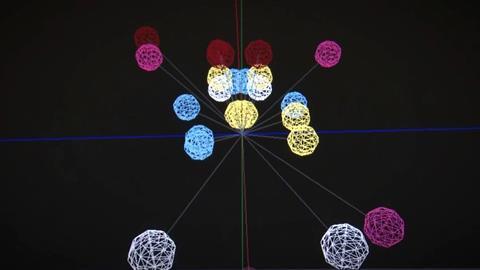Object-based audio allows for greater personalisation of content but the underlying technology needs to be open to allow for interoperability, writes Roger Miles.

Object-based audio (OBA) is an incandescent topic in the normally calm world of audio – it is the better mousetrap that will change the way that audio programme is made, manipulated and consumed by everyone.
The EBU is promoting OBA for use by broadcasters because it will fundamentally facilitate the “produce once, consume in all environments” model that will allow multiplatform distribution and consumption of the programme, enable personalisation and access services, and keep costs down, all in one go.
The public is already experiencing OBA when they go to the cinema – Dolby Atmos, DTS:X and MPEGH are all commercial systems that use OBA to produce the enveloping sound environments that most of the Hollywood blockbuster movies now come with.
However, the Hollywood experience of OBA is but one facet of the new mousetrap’s capabilities. Audio becomes an object when it is accompanied by metadata that completely describes its existence, position and function.
An audio object can, therefore, be the sound of a bee flying over your head, the crowd noise, commentary to a sporting event in any language, or even the clearly enunciated commentary that would be favoured by the hard-of-hearing or the visually impaired.
All this remains fully adjustable on the consumer’s end to their specific listening environment, needs and liking, regardless of the device. Do you get the picture?
The EBU played a fundamental part in defining the 64-bit audio file format and the audio data (metadata) model that has been adopted and refined in the ITU to provide the essential building blocks of OBA.
The EBU continues to engage on other aspects of OBA – such as the renderers that will be needed throughout the audio production chain to make sense of the metadata and present the audio appropriately.
The renderer is, in fact, proving to be somewhat contentious in discussions as there is a vast amount of commercial worth tied up in the issue.
Everyone wants to have the ultimate mousetrap – better than everyone else’s, of course.
The EBU’s take on this is that the technology must be sufficiently open to allow coexistence and adequate interoperability between different realisations of OBA.
Only under these circumstances will OBA realise its massive potential and allow everyone to benefit from this revolutionary set of technologies.
Roger Miles is EBU Senior Project Manager



























No comments yet